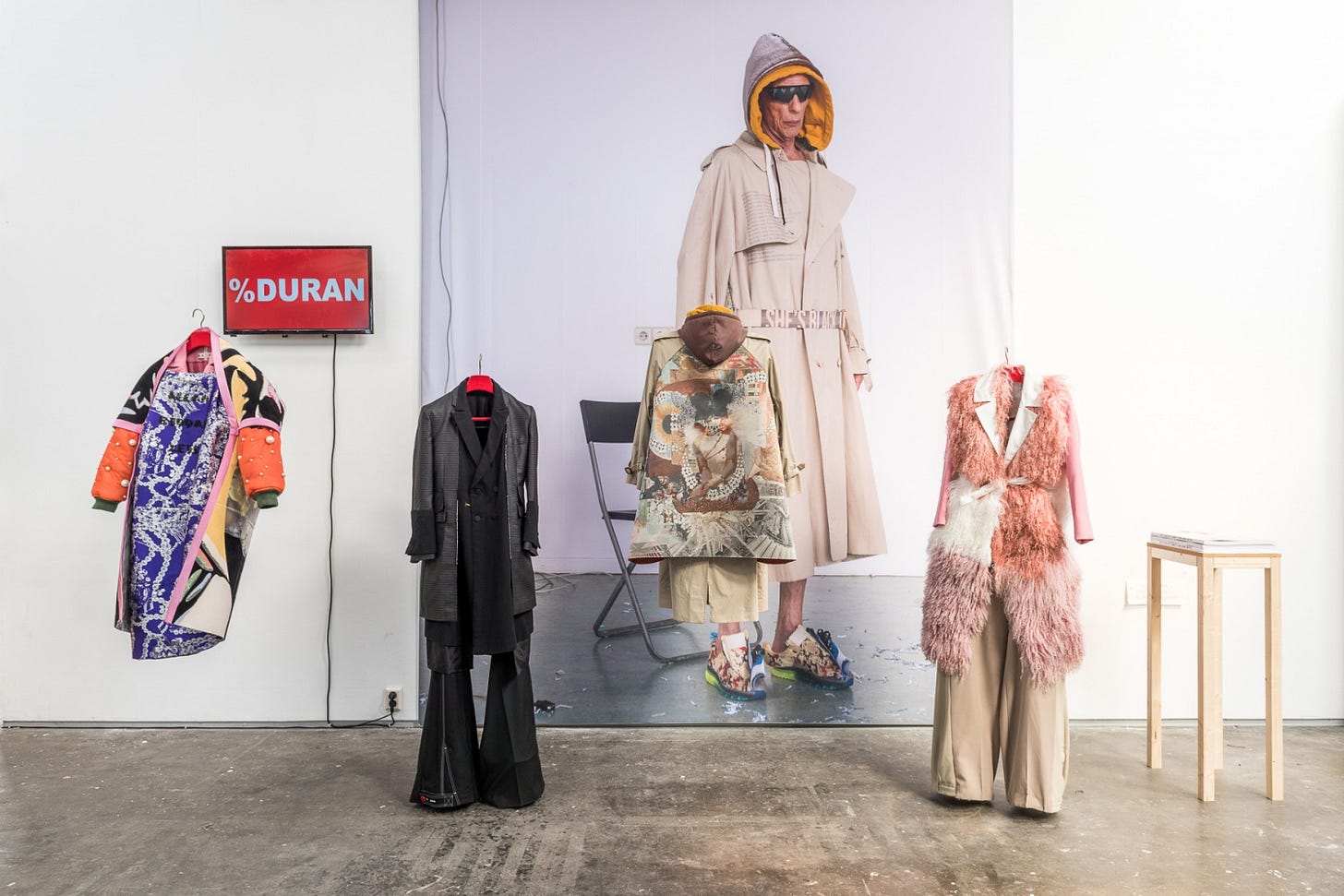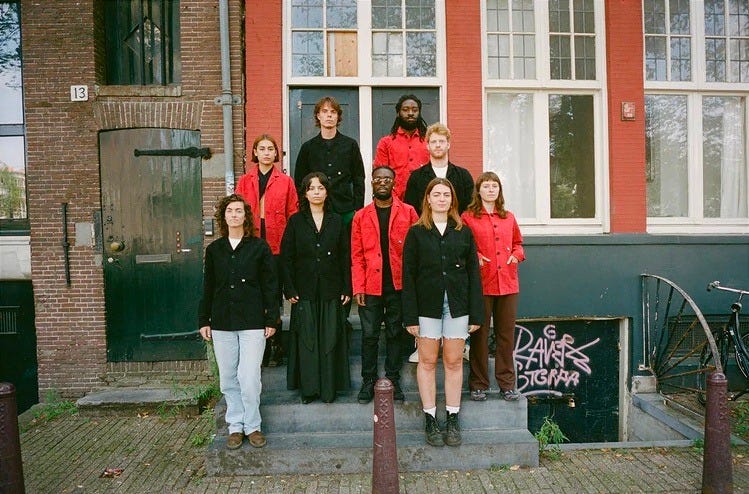This is the third part of Present Forever’s ongoing guide to the best independent Dutch fashion brands. Read about Camiel Fortgens, Peterson Stoop, Reverberate, Sine & Cosine, vp. texi and others in parts one and two.
Last week the French fashion house Jean Paul Gaultier appointed Dutch designer Duran Lantink (38) as its new permanent creative director. This follows a five-year period in which the brand was overseen by a number of prominent guest designers, including Chitose Abe (Sacai) and Glenn Martens (Margiela). Lantink, who’ll head both the couture and relaunched ready-to-wear collections, is the first-ever successor to Gaultier himself and the first Dutch fashion designer in a long, long time to be at the helm of a major fashion house.
For many years to come Lantink will be mentioned alongside Viktor & Rolf and Iris van Herpen whenever someone, somewhere discusses Dutch fashion. In the Netherlands that’s welcomed as a good thing to be proud of. But is it? On the one hand, yes — of course. Lantink is a made in Holland enfant terrible whose cut-and-paste upcycled approach has allowed him to address major themes, from gender and decolonization to post-sustainability, in a liberating way. At the same time, it remains to be seen what the effects of the new-found global prominence of “Dutch fashion” will be. It’s very well possible that Lantink’s appointment will swallowed into the industry’s dominant all-or-nothing mode, glorifying the genius or ridiculizing the failure of the male creative director at the expensive of anything and anyone else.
Imagine this doesn’t happen, and an alternative starts to emergence that’ll come to full bloom in 2032, say: in the wake of Lantink’s rise to fame, the other side of Dutch fashion moves into the spotlight as well — the side of graduation shows, of new designers, of up-and-coming brands, of value-driven networks, and of some sort of long-term vision. 1Granary profiles the best Artez Fashion Design BA graduates. Amsterdam Fashion Week hosts Awaykin as well as Man-tle’s first-ever runway show. The different national institutions and initiatives — Culture.Fashion, KledingCast, Dutch Fashion Foundation, Cultuurfonds, Crafts Council Nederland, State of Fashion and Textielmuseum — join forces to put all Dutch designers on the map, and not just the lucky few, and connect them with Netherlands-based textile artists, professional weavers, craftspeople and value-driven industry. Backed by the Ministry of Education, Culture and Science they’re encouraged to collaborate on reviving the production of high-end linen and wool in the Netherlands, allowing Camiel Fortgens to present their SS32 ‘Made in NL’ collection.
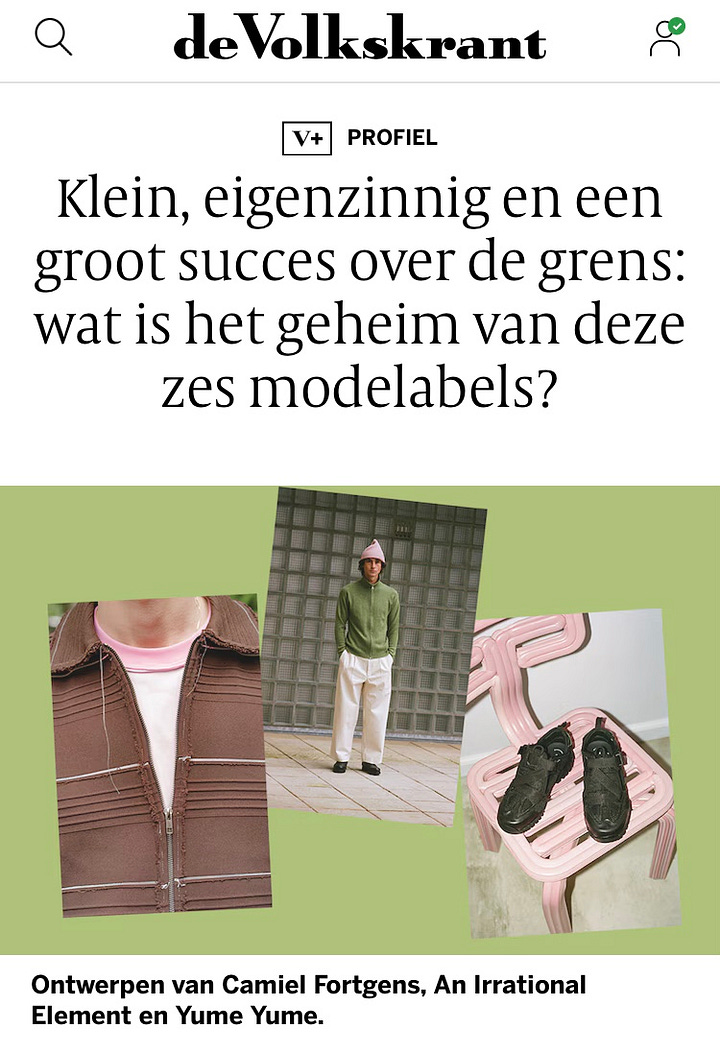
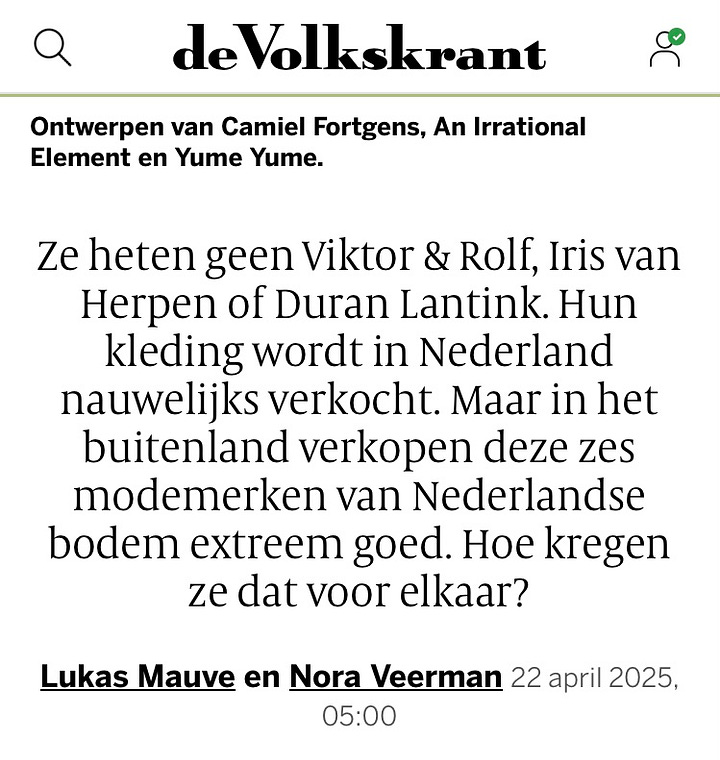
Perhaps I’m feeling optimistic because the article I co-authored with Nora Veerman appeared in Dutch newspaper De Volkskrant today. It features six independent Dutch brands — An Irrational Element, Applied Art Forms, Bleeding Indigo, CF, Eleph, and Yume Yume — who have retailers across the globe but are not, or barely, available in the Netherlands. One reason is that the Dutch retail landscape is incredibly small, with just a handful of boutique stores nation-wide (more about those soon). Another, slightly deeper reason is that their clothing and accessories are “un-Dutch,” in the sense that their style and price tends to put them at odds with the taste and budget of the Dutch consumer. As a result, their focus — from the start or after two to three years — is squarely on the international market. This, in turn, might make them more attractive to Dutch customers in the long run, according to the small-country’s-chauvinism paradox: people start calling and recognizing something as Dutch as soon as it’s successful outside the Netherlands.
There must be a better route, and it’s about time to find it — for Dutch people, at any rate. For all of you reading this from elsewhere: given the above paradox, your support for the following brands, as well as those in the first and second parts of this guide, can actually help change the shape of Dutch fashion. If not now, then soon.
AMK Atelier

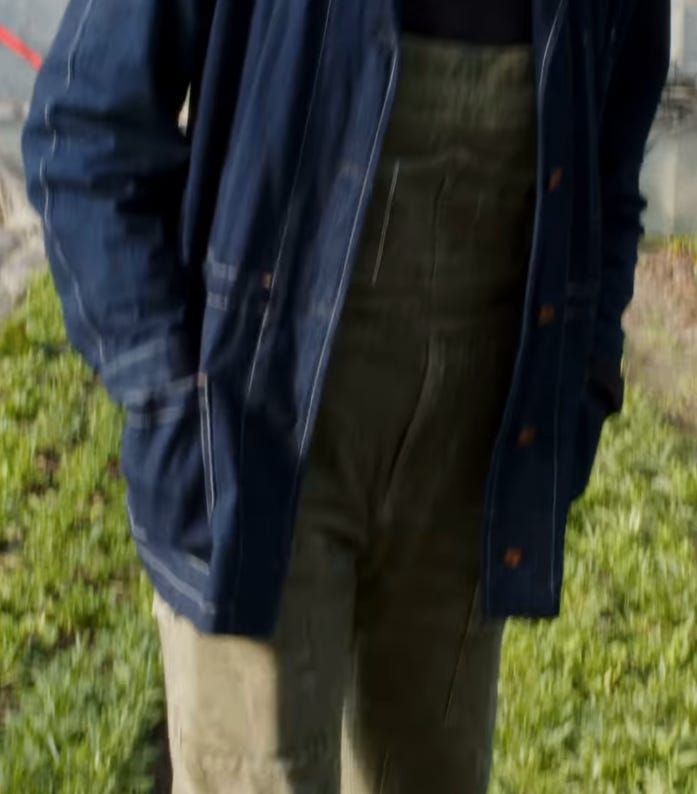


AMK Atelier gets its name from founder Anna Maria Krestina Gunnarsson — a Sweden-born, Amsterdam-based artisan who learned her skills from her mother and grandmother, growing up in the Swedish countryside. A creative studio, AMK Atelier is many things at once: they do technical design, garment technology, visual merchandising as well as projects involving up- and recycling and natural dyeing. These services inform their collaborations with the likes of Levi’s, Tommy Hilfiger, Cone Denim and other Dutch labels, including Benzak and Kings of Indigo. On top of that, they’re a brand themselves, offering a range of made-to-order and one-off pieces. Many of these are gardencore at its best: durable, hard-wearing and able to take a beating, spring or fall.
Newspeak Studio


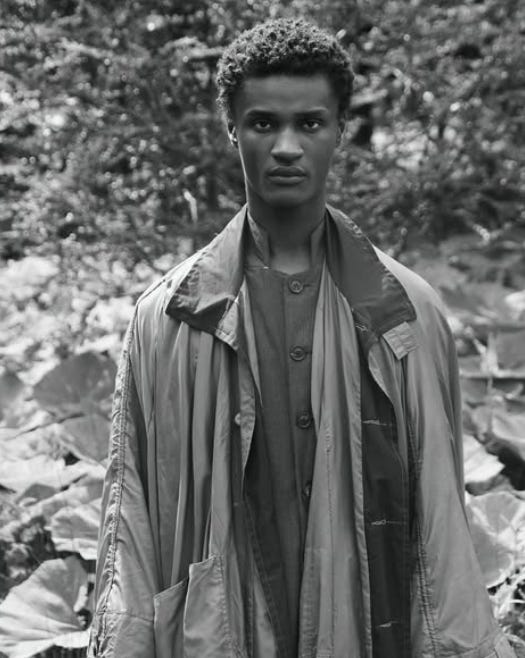

Founded in 2023 by Stef Reijnierse and Veronica Perjan, Newspeak Studio is a brand/atelier based in The Hague, the political/diplomatic center of the Netherlands. Their clothes are informed by extensive research of the history of “Western culture,” from mid-century tailoring to 19th-century workwear. Rather than in stifling reproductions, this cerebral approach results in experimental deconstructed pieces, emancipated from their historical reference — as if it’s the human hand doing the thinking. This becomes vividly apparent in Newspeak’s SS25 collection, which is “full of happy accidents,” outspoken and oversized, hand- and tie-dyed. Some of these give moody Auralee vibes, others look like what would happen if Sono and Casey Casey would do a workwear collaboration. It’s good.
Delikatessen
Born in Poland, raised in the Netherlands, currently based out of Burgundy, France, with a Japanese country-code (.jp) in its IG handle and website, and collections made entirely in Europe. That’s the kind of place-based cosmopolitanism we need today. Founded by Andre Lisowski and Stephen Hartog in Amsterdam in 2009, Delikatessen — the Dutch word for delicacy — is in the senior league of Dutch independent brands. For more than 15 years now, they’re consistently delivering the kind of well-tailored yet effortless pieces that form the basis of every je ne sais quoi wardrobe. Known for their high-end fabrics, Delikatessen serves up shirts from dry Japanese linen and silk, blousons from Italian wool-blend crepe, and jackets from soft Subalpino virgin wool as if it’s nothing. Some silhouettes are a bit on the early 00’s side of things, but on the whole Delikatessen’s delicacies are among the Netherlands’ best public secrets.

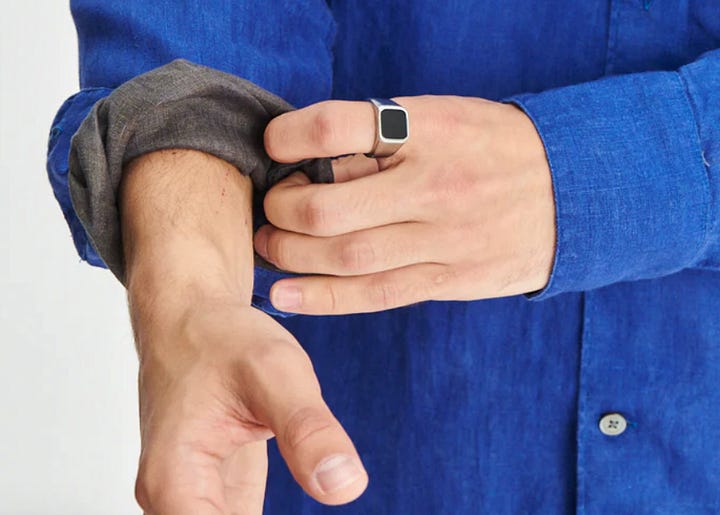

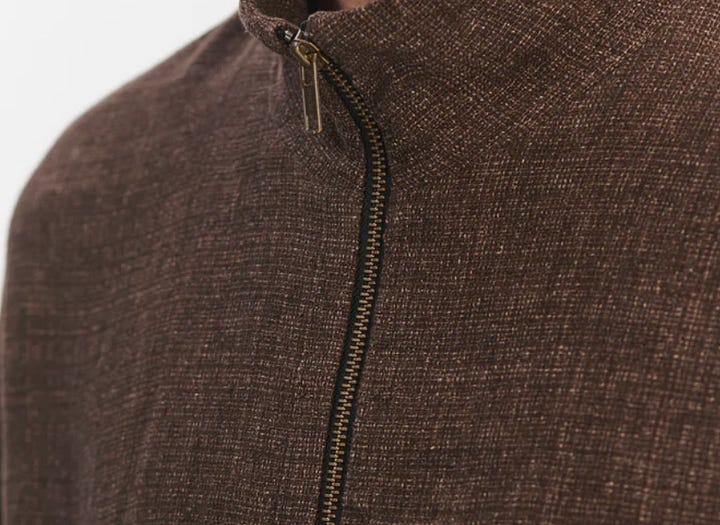
Bonne
Founded by stylist-turned-designer Bonne Reijn, Bonne started from one simple idea: to create something completely oblivious “to any occasion, sex, age, or social expectation.” Ten years ago, in early 2014, Reijn designed and released a small batch of black and white two-pieced minimalistic workwear suits. I still own one of these, in white, which I bought at Reijn’s house/studio in the center of Amsterdam shortly after their release. Since then, the label has grown in popularity as much as it has in variety of styles: the suits are available in a number of colors, fabrics and versions, there are non-suit items (pull-overs, shirts, and bags) and many collaborative pieces, including this sailor bag. The references are all very Dutch, but never in a nostalgic sense of the term, and the prices are very friendly. When you’re ever in Amsterdam, do visit their flagship store, at Warmoesstraat 67.


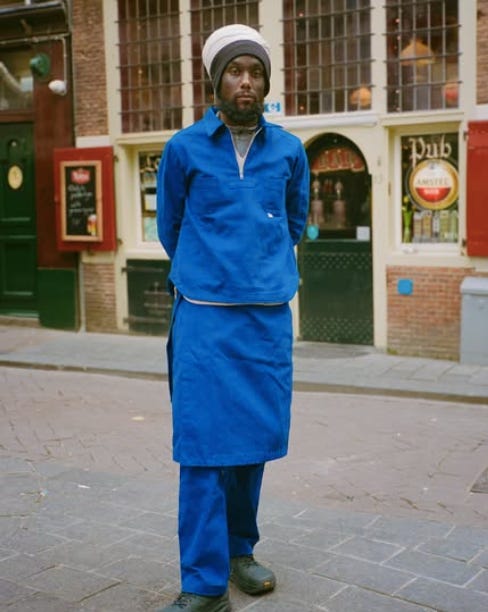

Schepers Bosman
A Dutch designer duo, Schepers Bosman consists of partners Sanne Schepers and Anne Bosman. Both graduated from ArtEZ University of the Arts in Arnhem, with a BA in Fashion Design, and continued their studies, respectively, at the Institut Français de la Mode in Paris and Central Saint Martins. Exactly a year ago, I interviewed them about their collaborative, research- and crafts-based approach for this piece. To me, Schepers Bosman stands out for its openness to critical self-reflection, constantly fine-tuning the stages of their design and production proces from an awareness of the possibility of changing the System, capital S, through small steps. They’re small-scale, they work with durable materials, with a focus on running stock and leftover batches, they source from responsible weaving mills in the Netherlands, Italy and England, and manufacture all their workwear-inspired garments on home soil. For SS25 they’ve experimented with patchwork/collage constructions, and with success.
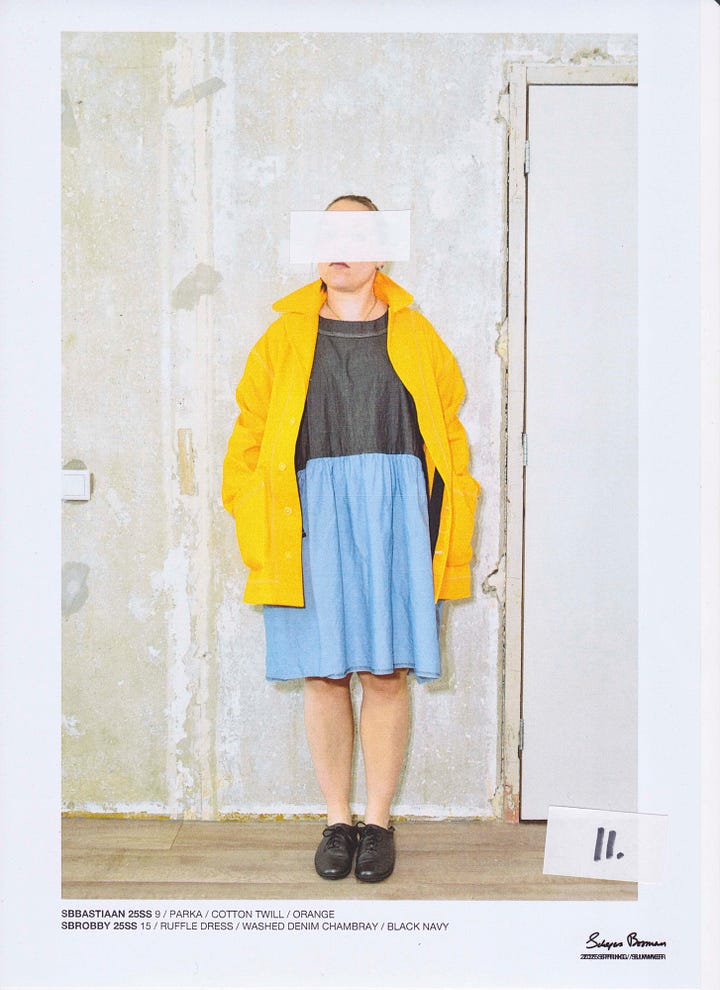



Teym
I like Teym. But I tend to forget about them too. Whenever I see And Daughter or Cecilie Telle appear on my feed, I’m reminded of the first time I saw Teym’s clean, bright colors, somewhere in Amsterdam. It felt fresh. No collections, no waste. Perhaps they’ve lost somewhat of that early spark, becoming slightly middle of the road. But then again, the ethos is pretty solid: it’s made in Europe, it’s sustainable, and it’s fairly priced. Take the ‘Crewneck Sweater’, made in Romania from 100% non-mulesed, Woolmark certified merino wool, and available from €169. “Not bad, not bad at all.”

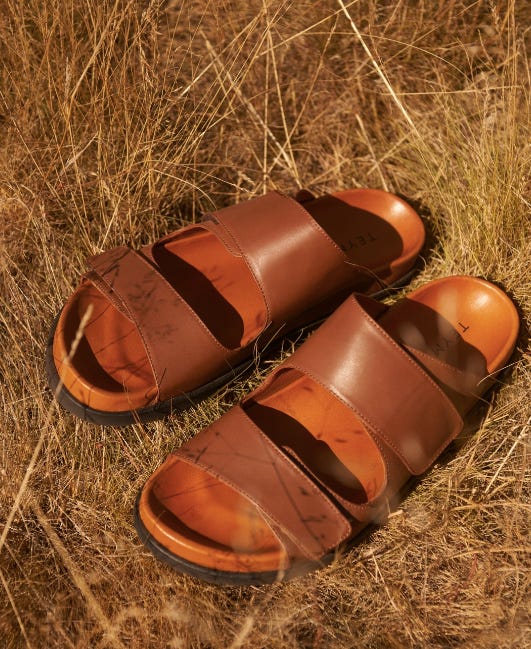


Pinkorange
The Wadden Islands form an archipelago at the eastern edge of the North Sea, stretching from the northwest of the Netherlands through Germany to the west of Denmark. On one of these small, inhabited islands — Vlieland — Pinkorange was born. It’s a clothing brand, but in special way. Where Keiko Seya from seya. travel sto different parts of the world for each collection, Pinkorange take the opposite approach: they bring that world to their island. Every season, artists are invited to Vlieland for a short residency. Their works of art form the foundation for Pinkorange’s next collection. That’s a bit hard to see when browsing their online shop, but it’s surely appealing — and so are the forthcoming SS25 pieces.


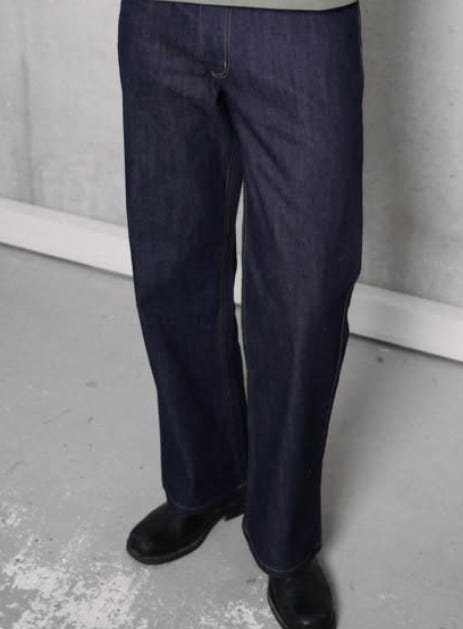

Cover image: courtesy of Bonne (‘Archive’)




